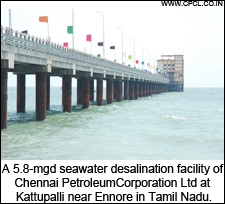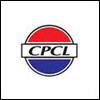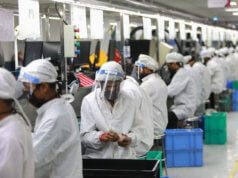 Membrane-based water and wastewater treatment systems are gaining interest globally as the most efficient solution for purification and filtration needs. Asia-Pacific, the Americas and Europe are expected to maintain their strong market position. Asia-Pacific, in particular, will see substantial growth fuelled by dynamic industrialisation and population increase. The market earned revenues of $5.54 billion in 2012 and estimates this to reach $12.07 billion in 2020, says Frost & Sullivan.
Membrane-based water and wastewater treatment systems are gaining interest globally as the most efficient solution for purification and filtration needs. Asia-Pacific, the Americas and Europe are expected to maintain their strong market position. Asia-Pacific, in particular, will see substantial growth fuelled by dynamic industrialisation and population increase. The market earned revenues of $5.54 billion in 2012 and estimates this to reach $12.07 billion in 2020, says Frost & Sullivan.
Research and development efforts have led to advancements in membrane filtration. Global water scarcity owing to a burgeoning population, rising water pollution, and economic development have added to the demand for membrane-based water and wastewater treatment technologies.
“New treatment systems are adopting the all-membrane approach chiefly due to the growing focus on water purity, wastewater reuse and recycling, as well as the implementation of stricter environmental legislations,” said Frost & Sullivan Energy and Environmental Industry AnalystPaulina Szyplinska. “Municipal and industrial applications, especially desalination plants, have embraced membrane treatment as the most reliable technology for water and wastewater treatment.”
However, membrane technologies are considered an expensive alternative to conventional systems and often used only for problematic applications. Its energy-intensive nature contributes to the already-high costs, indicating the need for low-pressure membranes that reduce energy consumption and still provide high-quality treatment.
Easy operation and maintenance, compliance with industry standards, longer lifespan, affordability, and wider application possibilities are other customer requirements. Moreover, end-user specialisation in membrane separation systems is crucial for significant market growth.
“Membrane technology consumers are now turning their attention to customised membrane technologies,” opined Szyplinska. “Therefore, companies employing product differentiation strategies will find themselves better positioned to address challenges and boost market share.”











